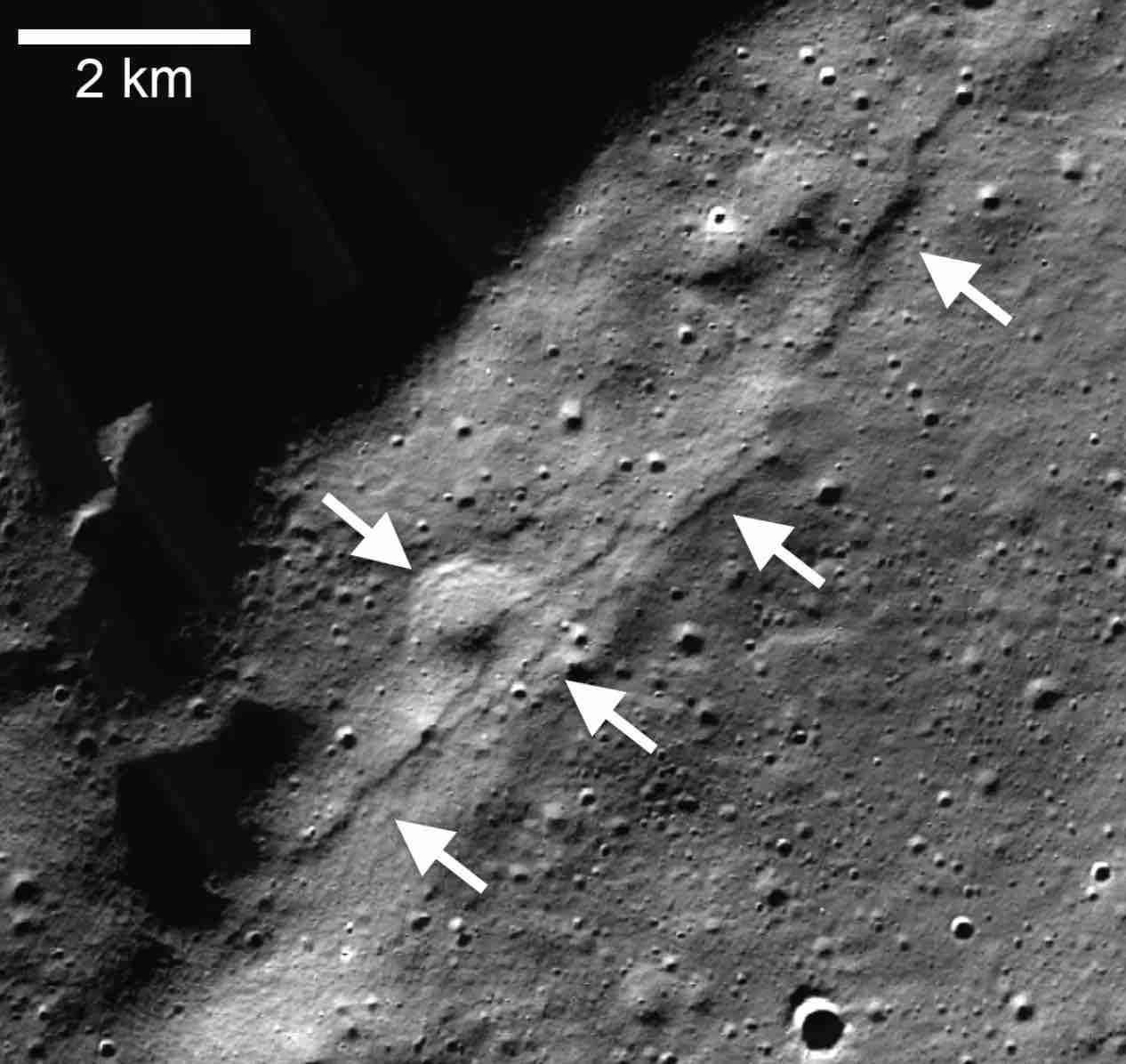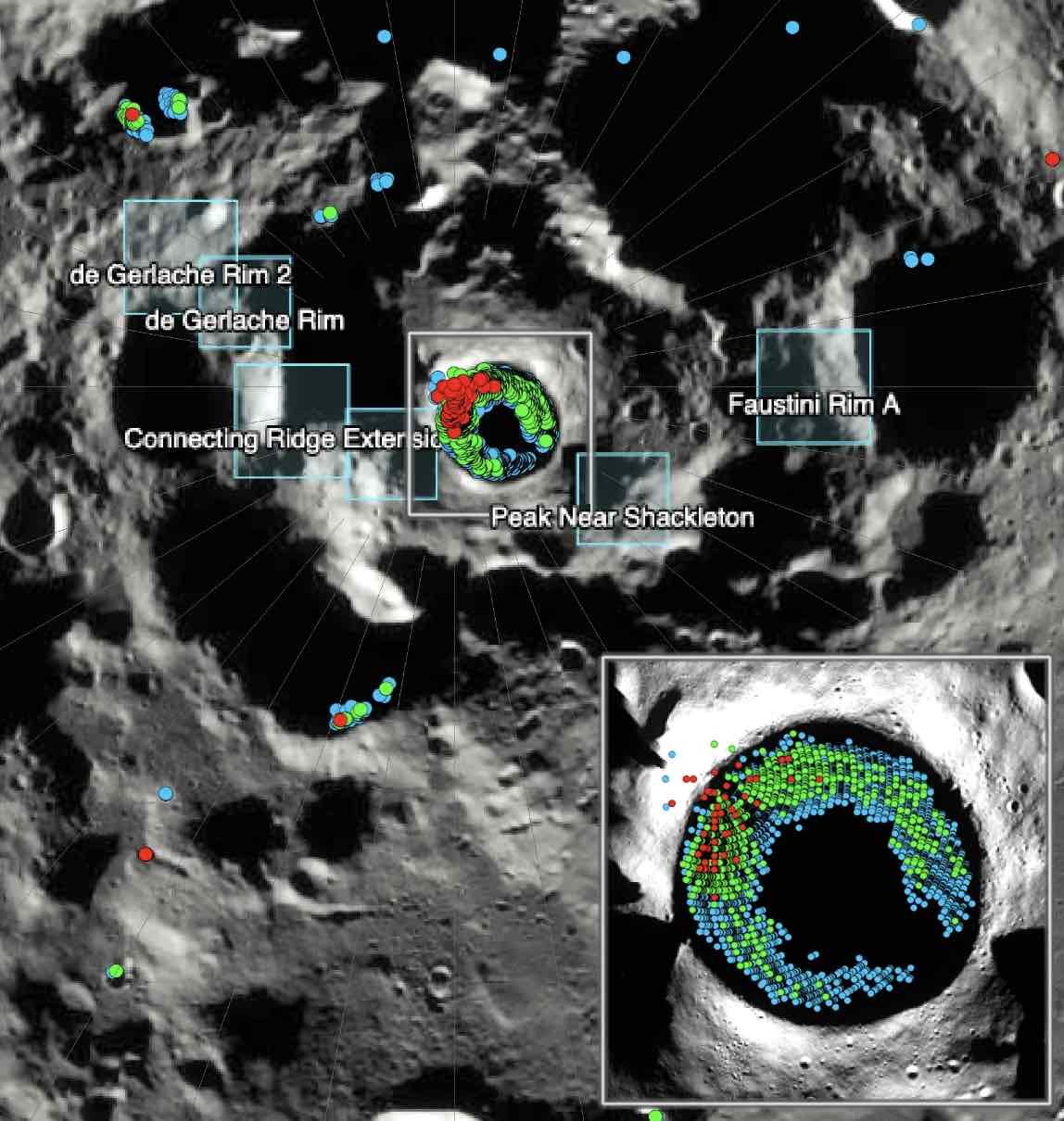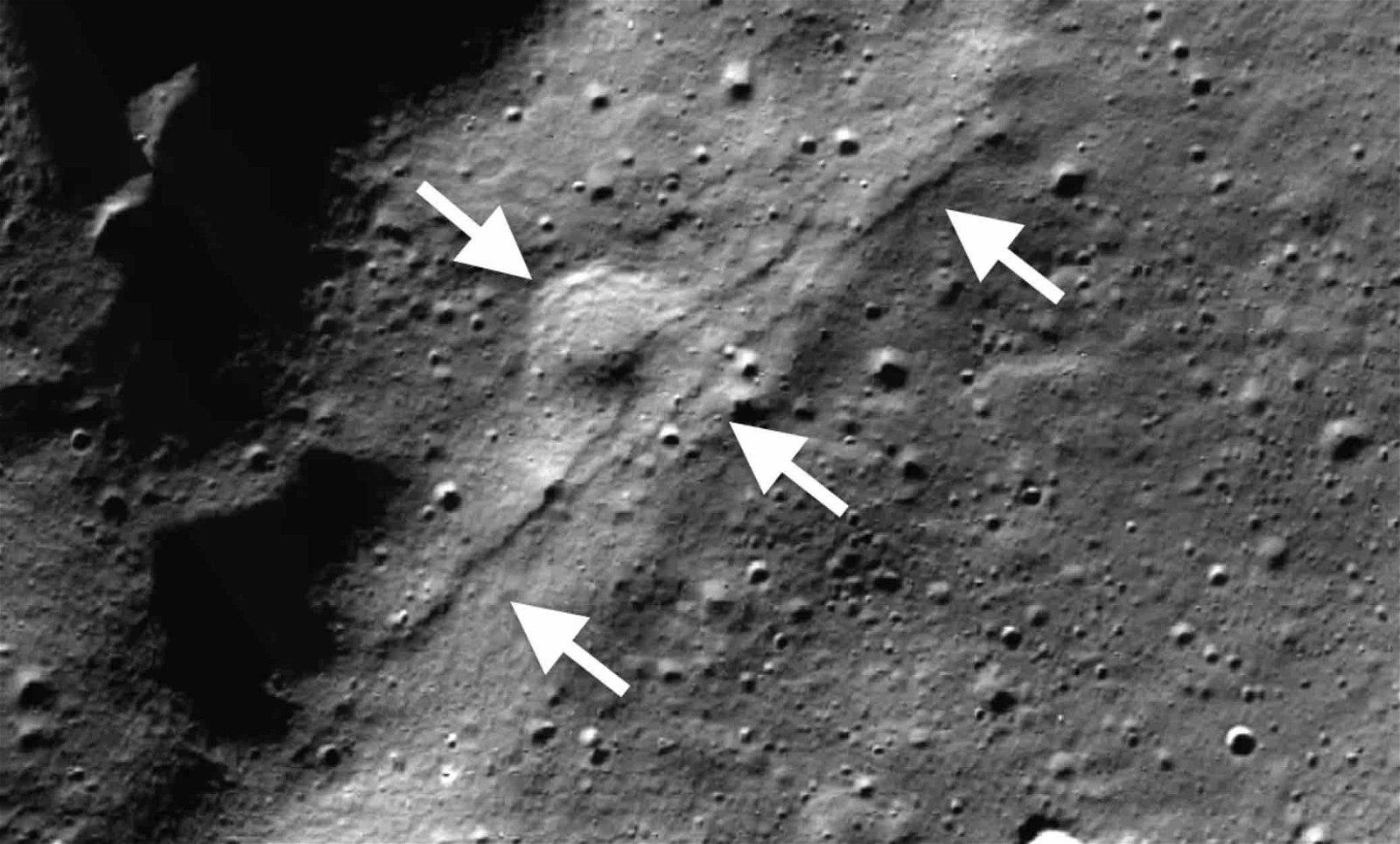A NASA-funded study that evaluated a key strategic location on the Moon with help from imagery obtained by the Lunar Reconnaissance Orbiter (LRO) has revealed the presence of moonquakes and faults in areas near the lunar south pole, which the space agency plans to utilize for future crewed space missions.
The study found that the Moon’s interior is shrinking over time as it cools, a phenomenon that is giving rise to tremors and other seismic activity occurring near the vicinity of the Moon’s south polar region.
The findings could present complications for NASA’s Artemis program, particularly its third mission which will involve crewed lunar exploration that may use the Moon’s south pole for potential landing sites.
Tom Watters, a Senior Scientist with the Center for Earth and Planetary Studies of the National Air and Space Museum at the Smithsonian Institution, says current models reveal shallow moonquakes resulting from fault activity that could produce violent ground shaking in the Moon’s south pole region.
Watters, an expert on tectonic landforms on the Earth and the Moon and the lead author of a paper detailing the new findings, says the potential thrust fault activity in the region “should be considered when planning the location and stability of permanent outposts on the Moon.”


Currently, thousands of small, relatively new thrust faults have been detected in the lunar crust, as revealed in imagery collected by the Lunar Reconnaissance Orbiter (LRO). LRO Deputy Project Scientist Maria Banks, also a co-author of the new study, called the imagery “a good demonstration of one of the many ways in which LRO data is being used to assist planning for our return to the Moon.”
According to the team, these thrust faults detected in LRO imagery are the result of contractions driven by factors that include the Moon’s hot interior gradually cooling over time, which breaks the crust and misaligns the separate halves, producing steep banks resembling steps on a staircase.
Shallow moonquakes have also been detected in conjunction with the formation of these thrust faults by seismometers associated with the Apollo Passive Seismic Network, the strongest of which had an epicenter that was traced to the lunar south pole.
Based on models used in the recent study, the formation of a young thrust fault scarp in the de Gerlache Rim 2, a location NASA has identified as a potential landing site for Artemis III, could have been associated with a moonquake of comparable strength.


Also of concern is the potential for regolith landslides that may occur, which the recent study shows could result even from much milder seismic activity.
In the years ahead, NASA aims to work with its international and commercial partners to establish the first long-term human presence on the lunar surface under its Artemis program, in addition to landing the first woman and first person of color on the Moon.
However, Renee Weber with NASA’s Marshall Space Flight Center and a co-author of the new study, says that understanding seismic hazards that may potentially impact future human lunar exploration during the Artemis missions, as well as those further in the future, will require additional seismic data from regions around the Moon, and not just its south pole.
“Missions like the upcoming Farside Seismic Suite will expand upon measurements made during Apollo,” Weber said in a statement, “and add to our knowledge of global seismicity.”
The team’s recent paper, “Tectonics and Seismicity of the Lunar South Polar Region,” was published on January 25, 2024, in The Planetary Science Journal.
Micah Hanks is the Editor-in-Chief and Co-Founder of The Debrief. He can be reached by email at micah@thedebrief.org. Follow his work at micahhanks.com and on X: @MicahHanks.

